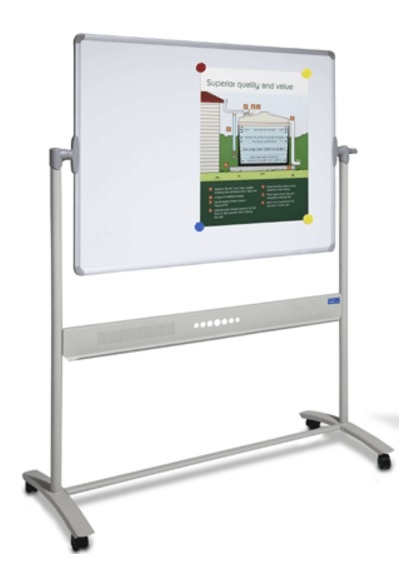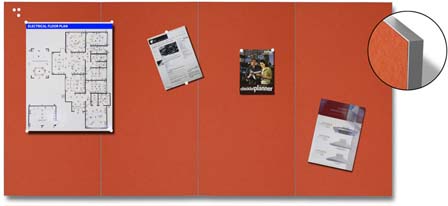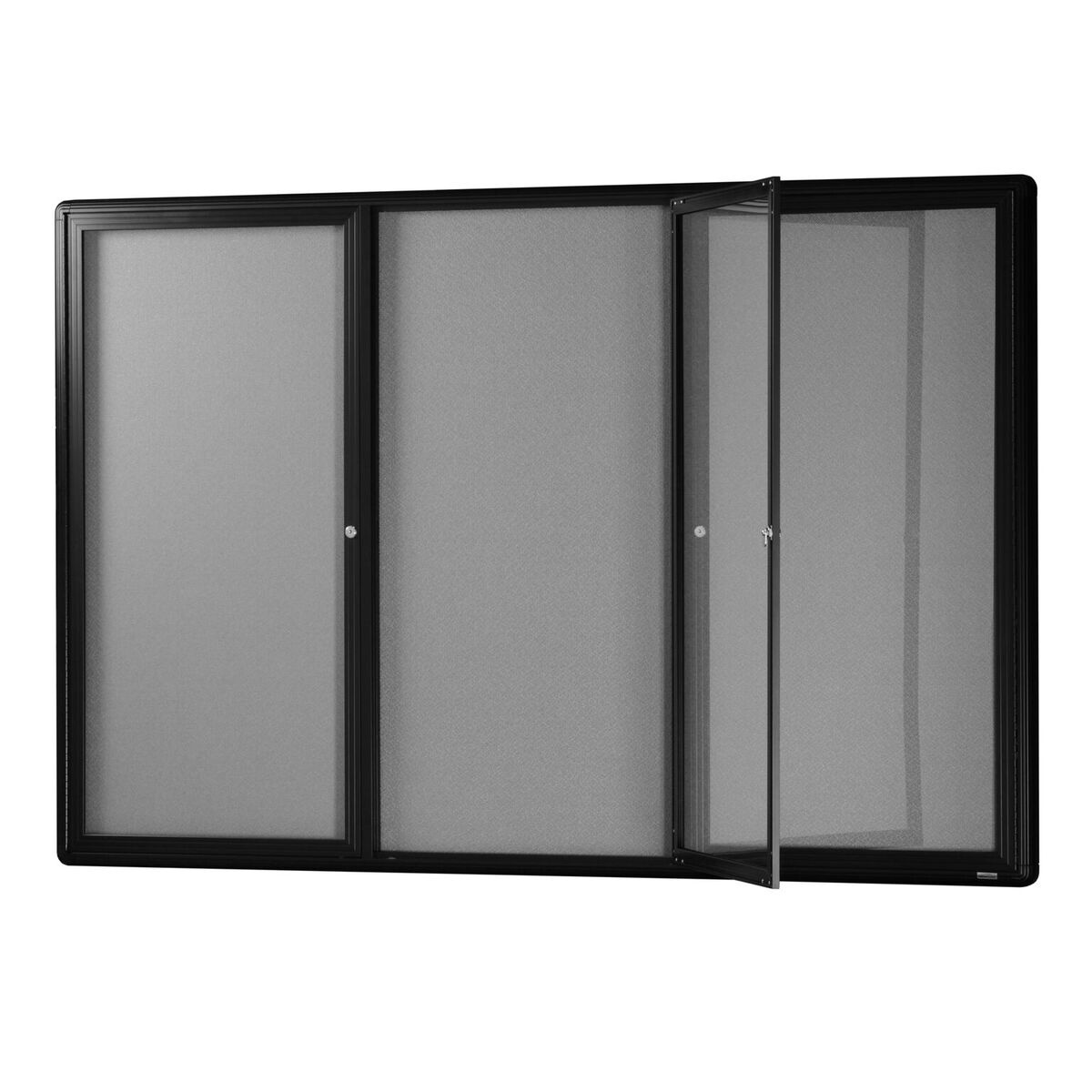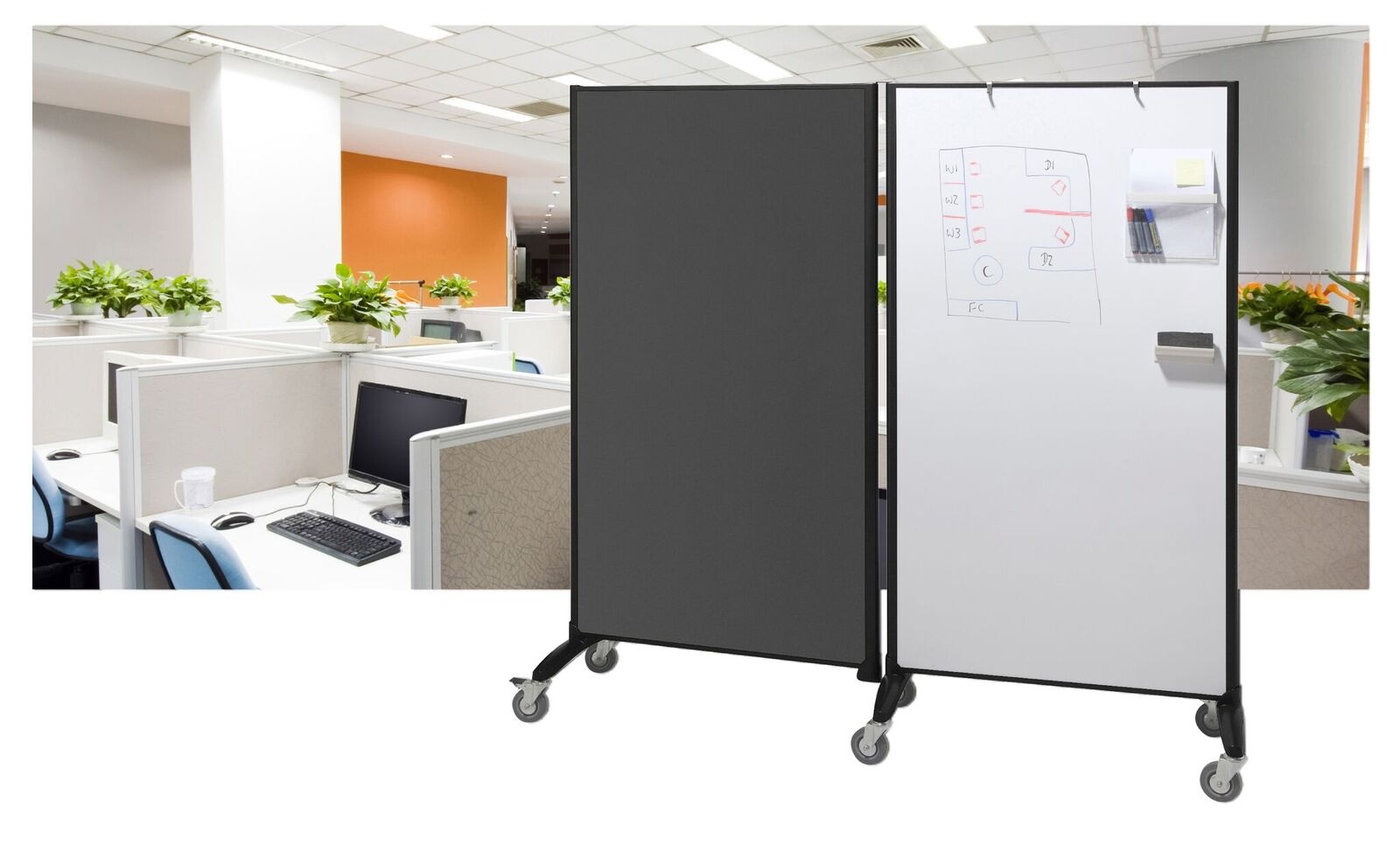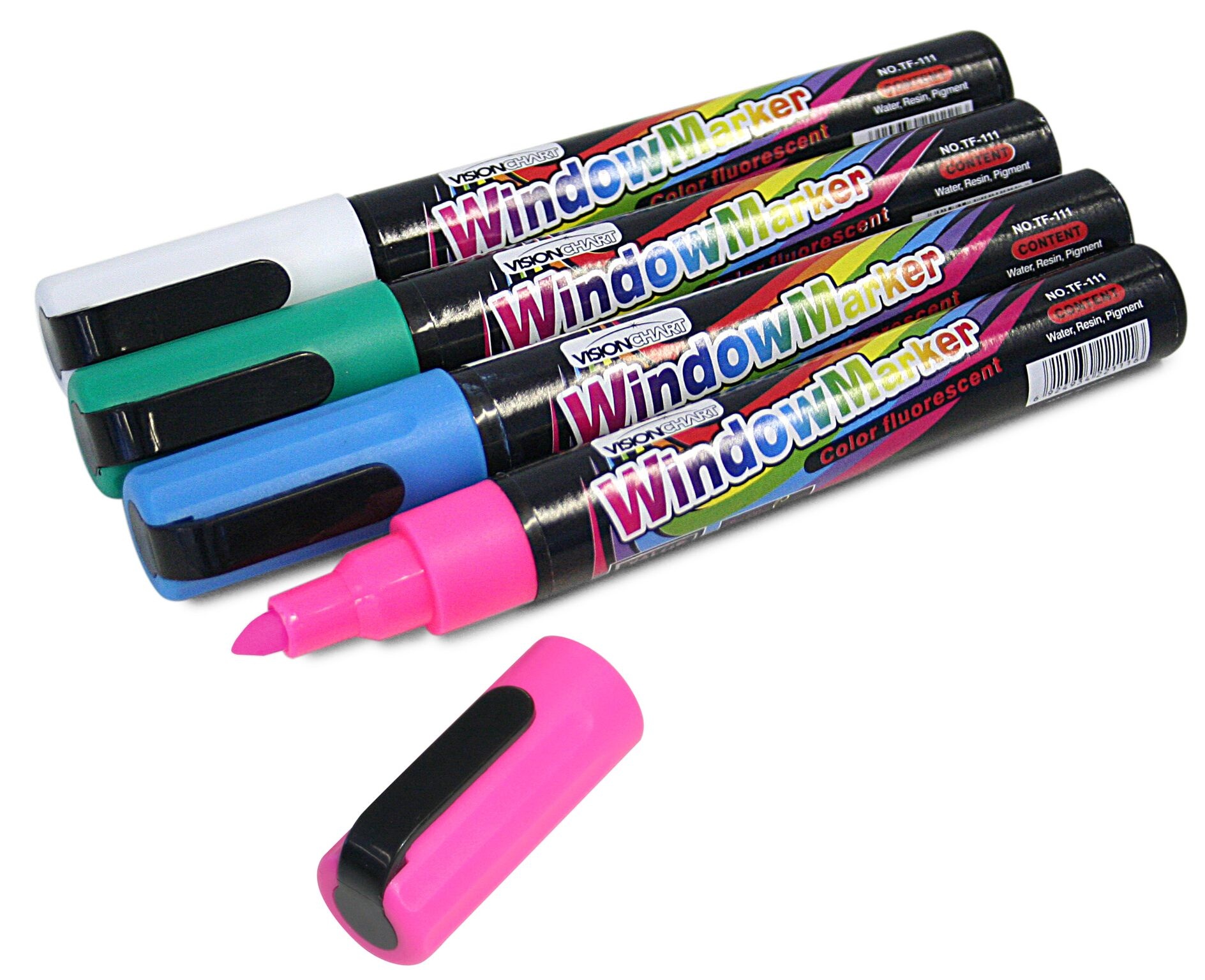Extra strong magnets for glass boards: Why do you need them? What is a rare-earth magnet? Here’s all you need to know on rare-earth magnets for whiteboards.
Extra strong magnets for glass boards: everything you ever wanted to know
Extra strong magnets for glass boards: they’re extra interesting! If you’ve ever used one of our premium glass whiteboards, odds are you’ve tried out an extra-strong magnet with it too.
Made from rare-earth elements (which aren’t actually uncommon, but we’ll get to that later), these magnets are even more fascinating than they are handy.
Today we’re going to delve into rare-earth magnets: what they are, how they work and what makes them so interesting.
First, just what is a magnet?
Magnets: no mundane, so mysterious. Think about it, what other household items project an invisible force field? No power, no heat, no moving parts. Well, a magnet, in simple terms, is an object that produces a magnetic field. This field is invisible and is wrapped up in how atoms (and electricity) work, but suffice to say here that it is responsible for:
- Pulling on other “ferromagnetic” materials, like iron
- Repelling or attracting other magnets.
Magnets can either be temporary magnets or permanent magnets. Permanent magnets retain their magnetism after exposure to a strong external magnetic field; temporary magnets don’t. Materials capable of becoming permanent magnets - and the materials those magnets attract - are the ferromagnetic materials mentioned earlier.
Here’s a surprise: scientists still don’t entirely understand how magnets work!
What they do know is that large-scale magnetism results from magnetic fields. These fields naturally radiate from the electrically charged particles that make up atoms – the most common of these magnetic fields come from electrons.
In most materials, the magnetic fields of the electrons all point in different directions and cancel each other out. But things get interesting when you line up all these tiny, tiny magnetic fields. When this occurs, you get magnetism!
Now, where do rare-earth elements come in?
Remember the periodic table from high school? Well, 17 of the elements listed there are called rare-earths. Unlike the well-known elements - gold, tin, lead, etc. - these rare-earths have weird names like praseodymium, lutetium and gadolinium.
Now, they’re called “rare” but most of these 17 are relatively plentiful in the earth’s crust. The rare part comes from the fact they’re almost always bound up in compounds with other elements (usually uranium). This makes mining for them difficult, hence the elements are rarely found.
What is a rare-earth magnet?
Rare-earth elements are ferromagnetic, meaning they can be magnetised to become permanent magnets. In their pure form, the magnetism of rare-earth elements only appears at temperatures way below freezing. However, when rare-earth metals form certain alloys with mundane metals - like iron, cobalt and nickel - they can exhibit magnetism at room temperature.
This was known for a while before rare-earth magnets were eventually in labs through the 1970s and 1980s. The types of magnets these labs developed are the strongest permanent magnets - pound for pound - ever made. There are two usual types:
- Neodymium magnets
- Samarium-cobalt magnets.
Both types are fragile and corrode easily. As such, they’re typically coated or plated to protect them from damage.
Extra strong magnets for glass boards
Invented in the 1950s, whiteboards have changed a lot over the years. Today, you can buy whiteboards of every size, colour, shape and material - but the best of them are made from tough, durable, and sustainable glass.
They also happen to be a dream to use. They’re some of the only boards to come with a lifetime guarantee – a warranty that’s wholly earned.
The other great thing about glass whiteboards: they can double as notice boards. All you need are rare-earth magnets. With them you can take your whiteboard from brainstorming session to office notice board at the drop of an electron.
Why use rare-earth magnets? The reason is the thickness of the glass. Ordinary fridge magnets won’t work because their magnetic field isn’t strong enough to penetrate the glass. And since the thickness of our boards is one of the reasons they’re so durable, rare-earth magnets are a welcome solution.
How are rare-earth magnets so strong?
The strength of rare-earth magnets is a combination of two factors:
- High magnetic anisotropy. Magnetic anisotropy describes how directional a material’s magnetic field is. When a material has a high magnetic anisotropy, it magnetises along a specific axis, called the “easy axis”.
- High magnetic moments. A magnetic moment describes the strength and orientation of a magnetic object. The higher the magnetic moment, the stronger the magnet.
Get the most out of your glass whiteboard with rare-earth magnets
Rare-earth magnets are fascinating … and functional! They’re a great way to transform your glass whiteboard into a multi-functional noticeboard.
So, now you know know all about rare-earth magnets: what they are, how they work and how they can benefit your whiteboard.
Why choose a WhiteboardsOnline whiteboard?
WhiteboardsOnline will help you find the answer you’re after. We offer Australia-wide delivery to your door. Contact us today on 1800 654 911 or info@whiteboardsonline.com.au
